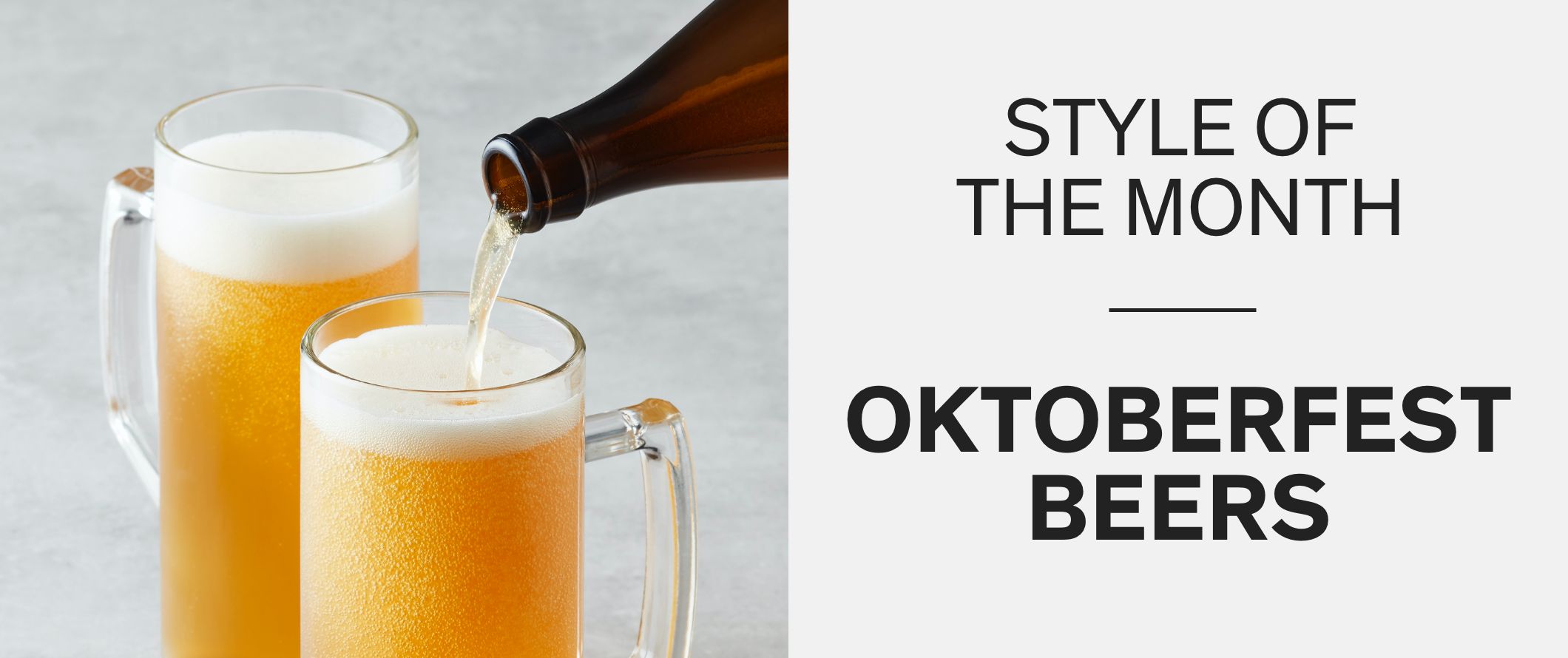Ready to Explore?
Oktoberfest or Märzen (“March beer”) lagers are traditionally made in the spring and cold-aged for up to six months so that they’re ready to tap for the iconic fall fest held in Munich. Crafted with Munich malt which imbues a caramel complexity, Märzens are a bit stronger than your average lager.
Oktoberfest, the world’s biggest beer fest attracts more than 7 million revellers who sip steins of toasty lagers crafted exclusively by six Bavarian breweries. But you can celebrate without going to Munich. Now there are Oktoberfests in cities and towns around the world and chances are your local brewery is making an authentic Märzen-style lager and throwing a party to mark the occasion.
You May Taste
Ranging from medium gold to deep-auburn, these lagers are bursting with flavour but are also delicious with a medium body. Expect aromas of freshly baked baguette, toasted bread, digestive biscuits or pretzels. German hops provide a crisp counterbalance to the rich bready notes and are often a bit spicy, herbaceous and/or citrusy.
Sip Them With
Märzen’s caramelized malt flavours shine when paired with grilled meat like chicken or pork as well as grilled fall vegetables like acorn or butternut squash. Pizza made with a sweeter, American-style tomato sauce is also a great match for a Märzen — just make sure to skip the pineapple as it will clash.
Serving Tips
A Pilsner flute or tall pint glass show off Märzen’s bubbly, brilliant clarity. Beer steins are festive, however traditional steins can hold two pints of beer so make sure to measure out your pour. Sip them straight from the fridge or let them warm up for ten minutes to dig onto the lager’s malty complexity.

Toast the start of fall with rich and toasty Oktoberfest-inspired lagers brewed right here in Ontario. Prost!



